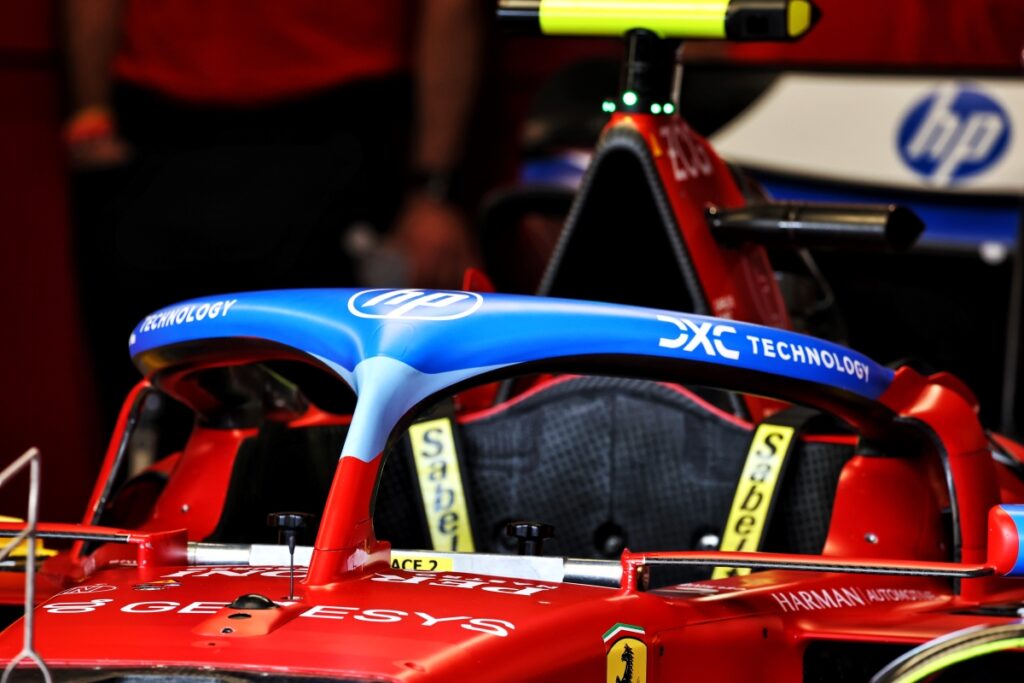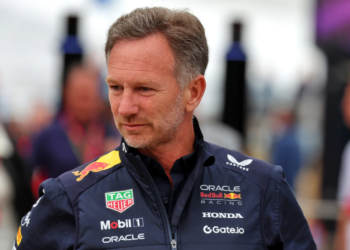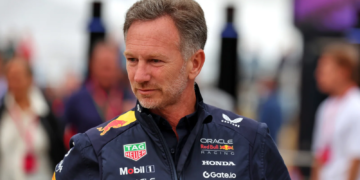Formula 1, the pinnacle of motorsport, has always been synonymous with speed, precision, and technological innovation. But behind the glamour and excitement lies a relentless pursuit of safety. Over the years, the evolution of safety measures in Formula 1 has been a testament to the sport’s commitment to protecting its drivers. The dangers of high-speed racing are ever-present, and the sport has had to adapt continually to mitigate these risks.
The financial aspects of motorsport are also significant. Teams invest millions in developing safer cars, while sponsors and stakeholders demand assurances that their investments are protected. This financial dimension adds another layer of complexity to the ongoing quest for safety. Interestingly, the thrill and risk associated with Formula 1 can be likened to the excitement some fans seek in exploring the best casinos in NZ with low deposits. Both worlds involve calculated risks, substantial investments, and the constant drive for improvement.
But what drives this relentless pursuit of safety in Formula 1? How have technological advancements and regulatory changes shaped the sport over the decades? And what does the future hold for safety in this high-octane world?
Historical overview of Formula 1 safety measures
In the early days of Formula 1, safety was an afterthought. The 1950s and 1960s were marked by numerous fatalities, with drivers often racing in cars that offered little protection. Helmets were rudimentary, seatbelts were non-existent, and fire-resistant suits were a luxury. The tragic deaths of drivers like Ayrton Senna and Roland Ratzenberger in 1994 were stark reminders of the sport’s inherent dangers, even after years of safety advancement.
The 1970s saw the introduction of more stringent safety regulations. The advent of the monocoque chassis, which provided greater structural integrity, was a significant milestone. Races were held on safer circuits, and barriers were introduced to reduce the impact of crashes. The introduction of the Safety Car in 1973 further enhanced on-track safety, allowing marshals to clear debris and attend to accidents without halting the race.
The 1980s and 1990s witnessed further advancements. The development of the HANS (Head and Neck Support) device in the early 2000s was a game-changer. Designed to prevent fatal head and neck injuries, the HANS device became mandatory in 2003. Improvements in car design, such as the introduction of deformable crash structures and carbon fibre monocoques, have also played a crucial role in enhancing driver safety.
The turn of the century brought about a more scientific approach to safety. The FIA (Fédération Internationale de l’Automobile) established the Global Institute for Motor Sport Safety in 2004, focusing on research and development in safety technologies. This era also saw the introduction of the Halo device in 2018, a protective bar designed to shield drivers from debris and head impacts. The Halo has already proven its worth, saving drivers from potentially fatal accidents.

The role of technology in enhancing safety
Technological innovations have been at the forefront of Formula 1’s safety revolution. The introduction of the HANS device was a pivotal moment, reducing the risk of basilar skull fractures. Advanced telemetry systems now provide real-time data on car performance and driver health, allowing teams to make informed decisions during races.
Car design has also evolved significantly. The use of carbon fiber monocoques has made cars both lighter and stronger. Deformable crash structures absorb impact energy, reducing the forces transmitted to the driver. The Halo device, despite initial skepticism, has become an integral part of car design, offering additional protection in high-speed crashes.
In addition to hardware advancements, software plays a crucial role. Advanced simulation tools allow teams to model crash scenarios and optimize car designs for safety. Virtual reality (VR) and augmented reality (AR) are being used to train drivers and pit crews, enhancing their ability to respond to emergencies. These technologies not only improve safety but also contribute to the overall performance of the teams.
The role of technology extends beyond the cars themselves. Track safety has also seen significant improvements. High-tech barriers, like the Tecpro and SAFER barriers, absorb impact energy more effectively than traditional guardrails. The use of electronic flags and communication systems ensures that drivers are promptly informed of hazards on the track.
Financial implications of safety measures
Implementing advanced safety measures in Formula 1 is not without its costs. Teams invest millions in research and development to design safer cars. The introduction of new safety technologies often requires significant financial outlay, which can strain the budgets of smaller teams. However, these investments are justified by the reduction in accidents and fatalities, which in turn protect the sport’s reputation and financial viability.
Sponsors and stakeholders also play a crucial role. They demand assurances that their investments are safeguarded, pushing teams to prioritize safety. The economic impact of a fatal accident can be devastating, affecting not only the team involved but the entire sport. The loss of a driver can lead to sponsorship withdrawals, legal battles, and a decline in fan engagement.
Insurance costs are another consideration. Teams must insure their drivers, cars, and equipment, and the premiums are influenced by the perceived level of risk. Advanced safety measures can help reduce these premiums, providing a financial incentive for teams to invest in safety. The financial implications extend beyond the teams to the circuits themselves. Hosting a Formula 1 race requires significant investment in track safety, including the installation of barriers, medical facilities, and emergency response teams.
Despite the high costs, the economic benefits of improved safety are clear. Reduced accident rates lead to fewer race interruptions, enhancing the overall spectator experience. Safer racing also attracts a broader audience, including families and younger fans, contributing to the sport’s long-term sustainability.










Discussion about this post